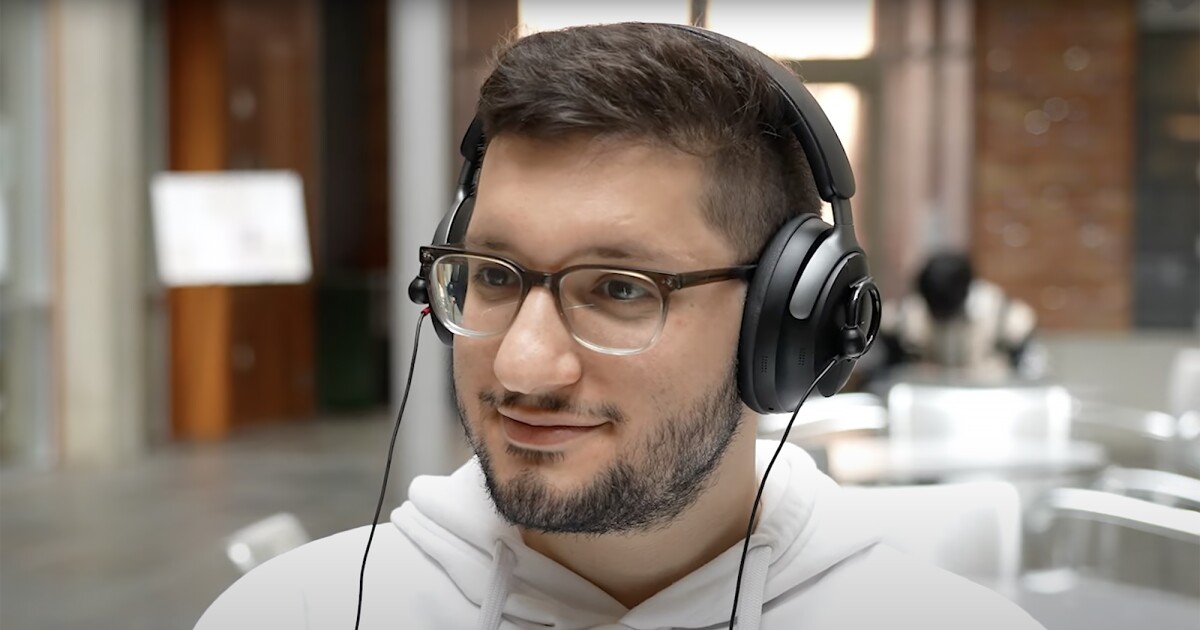Damn this could help me every day. i have trouble understanding people if there is background noise.
Me, too. I carry earplugs and that helps a little in crowded places. Communicating with shower buddies is always tough, though. Especially when there’s a crowd.
How many people are typically in your shower?
Two to four.
Amazing. And they even made it opensource! I’m amazed at how readable it is, even though I don’t get most of it. Code written by people with 20 years of C experience looks leagues worse than what this repo looks like. Bravo!
That’s a non-commercial license. It’s not open-source, just source-available.
Thank you for not jamming the ‘open’ and ‘source’ together like a schmuck.
If this application is legit it’s going to get snatched up by Apple/Amazon/Google to make their voice assistants better, right now they can’t handle cross talk at all.
This particular implementation doesn’t really apply to those situations, there are already existing technologies which can pre-train on specific voices they could be using for that since the target is known. The main “improvement” from this system is that you can train it on any target subject, even with background noise, in only a few seconds.
It’s most useful in scenarios they’ve outlined in their study, like using it with your friend you ran into on the bus, your tour guide, etc.
The CIA thanks you for your service.
The video fails to explain what about this is “AI” as opposed to active noise cancelling with some regular old signal processing.
I think once it has taken a profile of the voice it no longer requires you to be facing the person because it can now recognize that voice among the noise. The AI but is taking an imprint of the voice and then extracting it.
So, some tracking layered on top of basic beamforming
I legume so
You’re nuts
To add to what the other poster said:
I’m not an expert, but my understanding is that noise cancellation works by inverting sounds waves to deaden the sound. So, like, if you add sin(x) and –sin(x) you get 0.
This system is actively adding inverted sound waves to cancel most sounds. What makes this system unique is that it samples the voice and uses the unique “voice print” to selectively not invert the sound waves from the targeted voice.
Or that’s what I’m getting from reading this, as a layman.
Cool idea, though I was surprised by the level of fidelity loss in the fountain example. I would’ve expected that to be a good case scenario for noise cancellation so maybe it just needs some more time to iterate and improve on its level of “false positive” removal.
deleted by creator






